Report this entry
More from the same community-collection
Little Flower New Church Groundbreaking - El Paso, TX, 1990
St. Therese of the Little Flower Catholic Church began as a ...
Msgr. John Peters -1979 - St. Luke Catholic Church
John Peters in the year 1979. Msgr. John Peters led the ...
Saint Patrick Cathedral - El Paso, Texas - Stained Glass Window
St. Patrick's Cathedral - El Paso, Texas - The is a Stained ...
Saint Patrick Cathedral - El Paso, Texas - Stained Glass Window
St. Patrick's Cathedral - El Paso, Texas - The Stained Glass ...
Saint Patrick Cathedral - El Paso, Texas - Stained Glass Window
Saint Patrick Cathedral - El Paso, Texas - The Stained Glass ...
Saint Patrick Cathedral - El Paso, Texas - Stained Glass Window
St. Patrick's Cathedral - El Paso, Texas - Stained Glass Window
Charles Henderson, Jefferson High, El Paso, TX, 1956
Charles Henderson's graduation picture from Jefferson High ...
George Chandler - Teacher - Douglass High School - 1945
George Chandler native of El Paso, Texas. He was a teacher at ...

















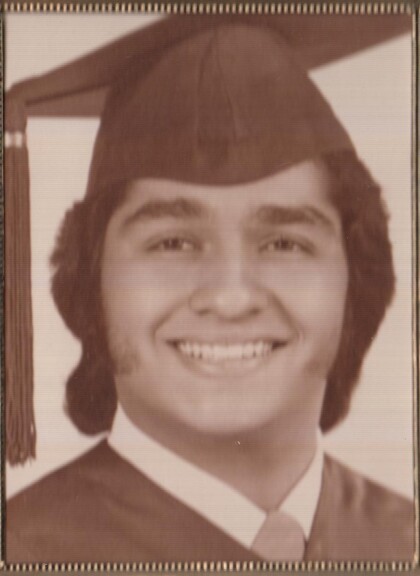

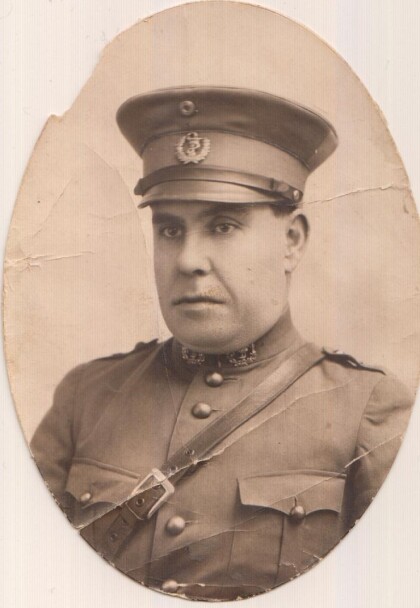
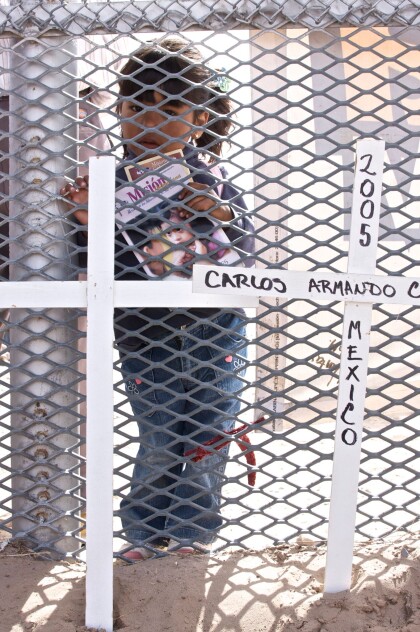
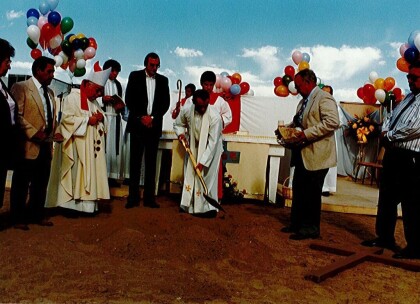
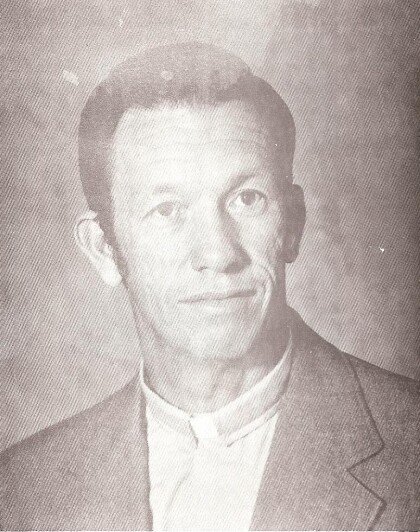
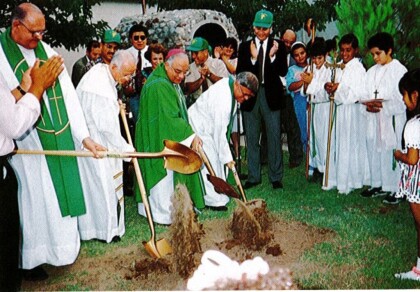
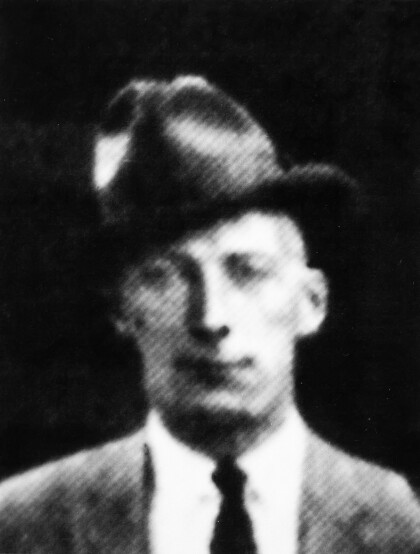
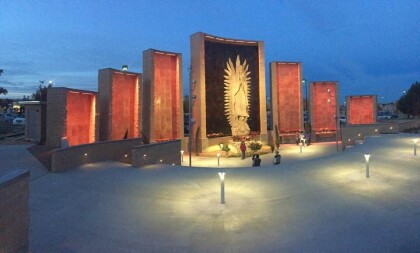
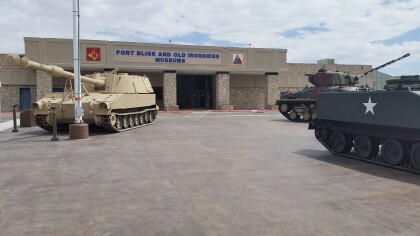
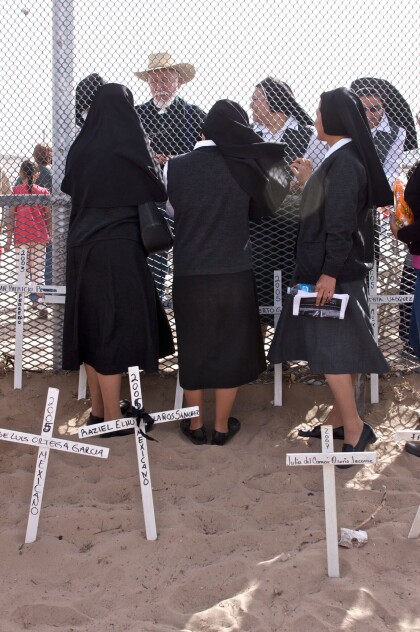
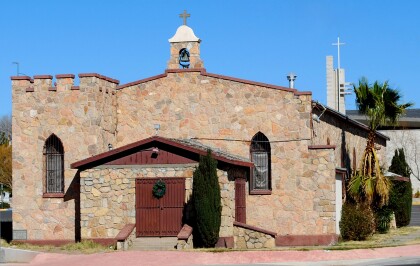
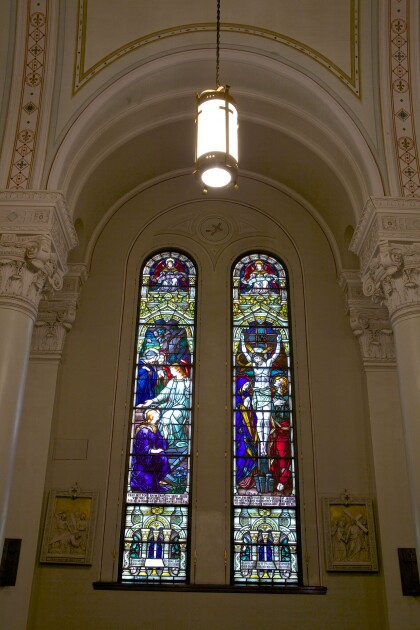
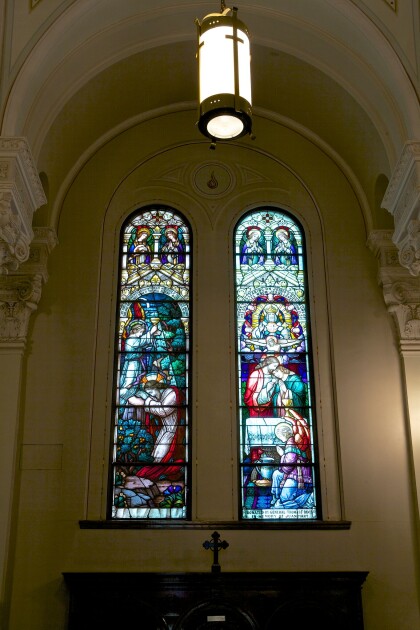
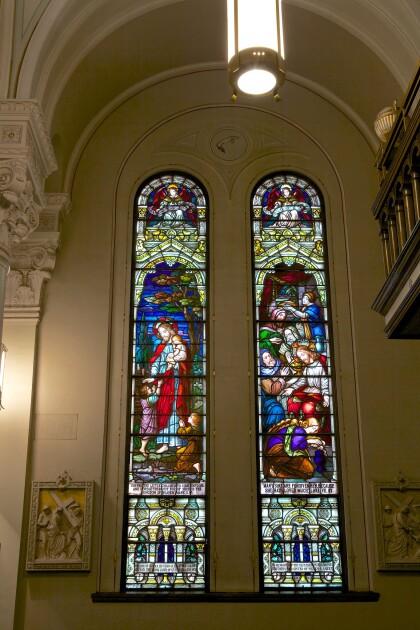
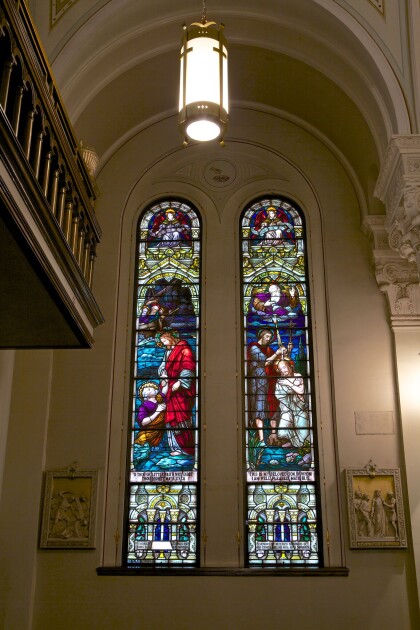
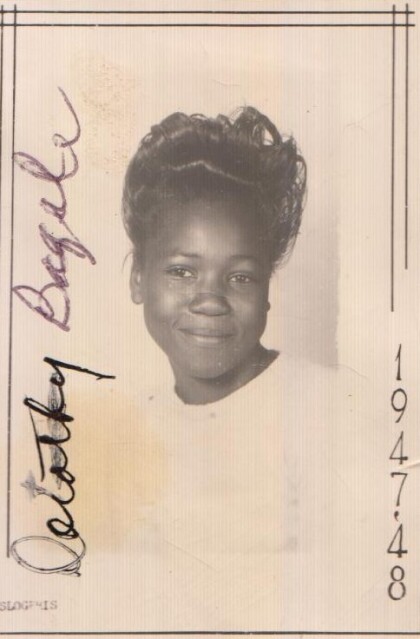
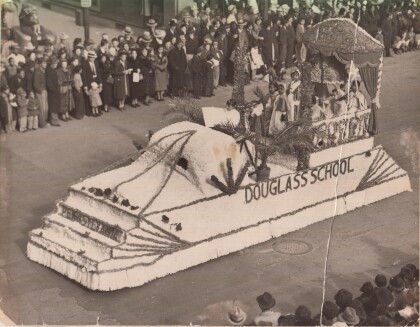
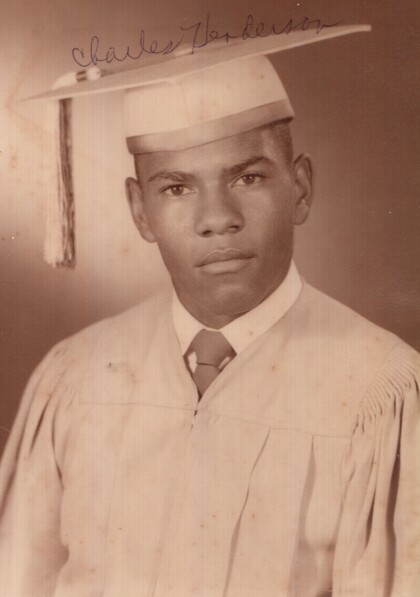
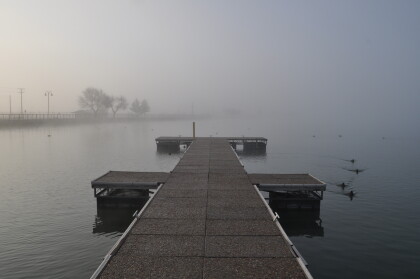
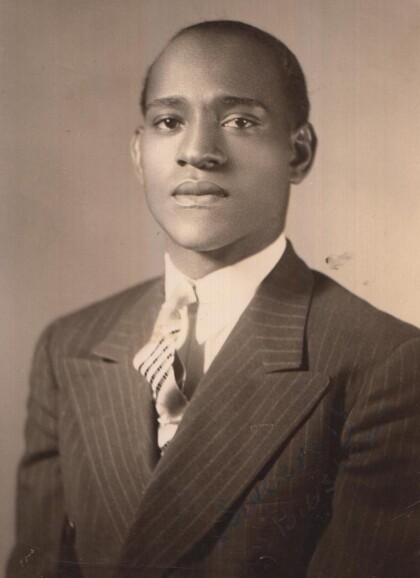

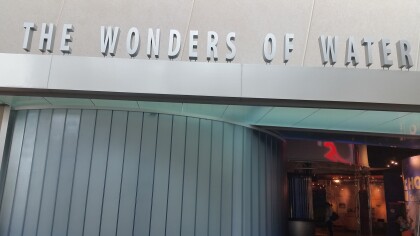
Comments
Add a comment